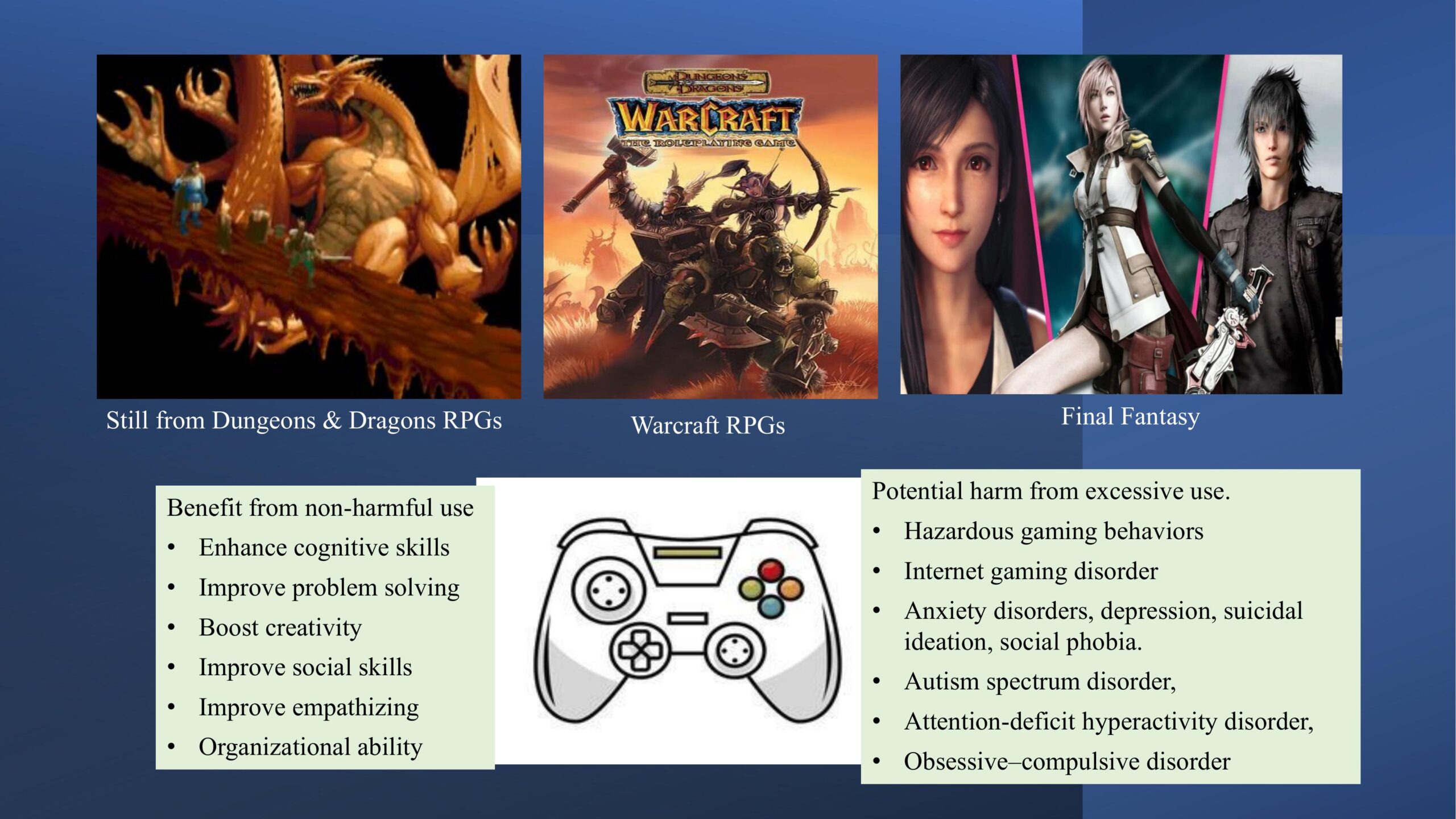Volume 3 Issue 11 November, 2013
DSM-5: A New Era in Nosology?
As a specialized domain within health sciences, psychiatric diagnostic classification has evolved under the influence of the biopsychosocial model. The complexities inherent in psychiatric nosology are so paramount that psychiatric classifications have been in need of explanation as much as the conditions they are supposed to account for!! The DSM-5 was published on May 18, 2013, superseding the DSM-IVTR. The new DSM-5 is organized under 3 sections and the following striking changes are present;
- Change from Roman to Arabic numeral system to have the manual be more amenable to updates in psychiatry and neuroscience (e.g., DSM-5.1) and, therefore, more of a “living document”.
- Upcoming ICD-10-CM codes are in parentheses after the current ICD-9-CM codes.
- Elimination of multi-axial system. DSM-5 has moved to a nonaxial documentation of diagnosis (formerly Axes I, II, and III), with separate notations for important psychosocial and contextual factors (formerly Axis IV) and disability (formerly Axis V).
- Reordering of chapters that loosely follow a developmental pattern and that groups disorders with overlapping features/symptoms.
As clinicians, we want a nosological system that is easy to use with good validity and reliability, can guide treatment decisions, provides useful information about likely disease course and outcomes, and allows us to easily communicate about disease nature with patients, families, payers, and health care administrators. Hopefully the current DSM-5 classificatory system will ensure all of the above.


